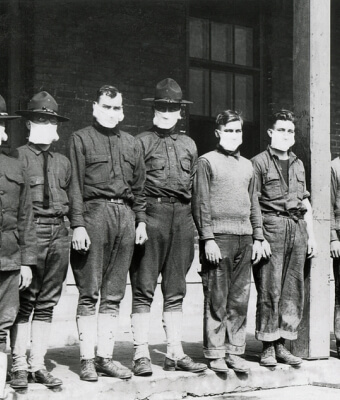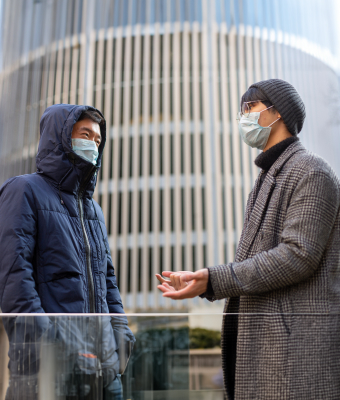Reports from China indicate that BF.7 is more infectious than other Omicron subvariants, with a higher transmission rate (R0) of 10 to 18.6, compared to an average R0 of 5.08 for Omicron as a whole. BF.7 is also more resistant to neutralization by antibodies generated by vaccines or previous infection due to a mutation called R346T in its spike protein.
The symptoms of an infection with BF.7 are similar to those of other Omicron subvariants, including upper respiratory tract symptoms like fever, cough, and fatigue, as well as potentially gastrointestinal symptoms like vomiting and diarrhea. In those with weakened immune systems, exposure to BF.7 may result in more severe illness. Despite its presence in several countries, BF.7 does not seem to be spreading as rapidly elsewhere as it is in China, where it is causing significant difficulty in controlling the epidemic. The situation in China may be due to a low level of immunity in the population from previous infections or vaccination.
BF.7 has been detected in several other countries around the world, including the United States, the United Kingdom, and various European countries. While it has immune-evasive characteristics and has caused concern due to its rapid growth in China, it seems to remain fairly steady in other parts of the world.
For example, in the United States, it was estimated to account for only 5.7% of infections as of December 10, down from 6.6% the week prior. In the UK, the Health Security Agency identified BF.7 as a cause for concern in terms of growth and neutralization data in an October briefing, but a more recent briefing notes that it has been de-escalated due to reduced incidence and low growth rates in the country.
Overall, while the emergence of new variants like BF.7 is concerning, vaccination remains the best way to combat COVID-19.
In conclusion, the COVID-19 virus has continued to evolve since its emergence three years ago, acquiring genetic mutations at a faster rate than expected. The emergence of new variants like BF.7 is a cause for concern, but vaccination remains the most effective way to combat the virus.
Overall, it is important to continue following public health guidelines and getting vaccinated in order to protect ourselves and our communities from the spread of COVID-19.
References
- Omicron BF.7, major strain causing latest outbreak in Beijing, has strong infectious ability: medical expert. [Cited 21st December 2022]. Available at: https://www.globaltimes.cn/page/202211/1280588.shtml
- Liu Y, Rocklöv J. The effective reproductive number of the Omicron variant of SARS-CoV-2 is several times relative to Delta. J Travel Med. 2022 May 31;29(3):taac037. doi: 10.1093/jtm/taac037. PMID: 35262737; PMCID: PMC8992231.
- Hachmann NP, Miller J, Collier AY, Ventura JD, Yu J, Rowe M, Bondzie EA, Powers O, Surve N, Hall K, Barouch DH. Neutralization Escape by SARS-CoV-2 Omicron Subvariants BA.2.12.1, BA.4, and BA.5. N Engl J Med. 2022 Jul 7;387(1):86-88. doi: 10.1056/NEJMc2206576. Epub 2022 Jun 22. PMID: 35731894; PMCID: PMC9258748.
- COVID Data Tracker. [Cited 21st December 2022]. Available at: https://covid.cdc.gov/covid-data-tracker/#variant-proportions






